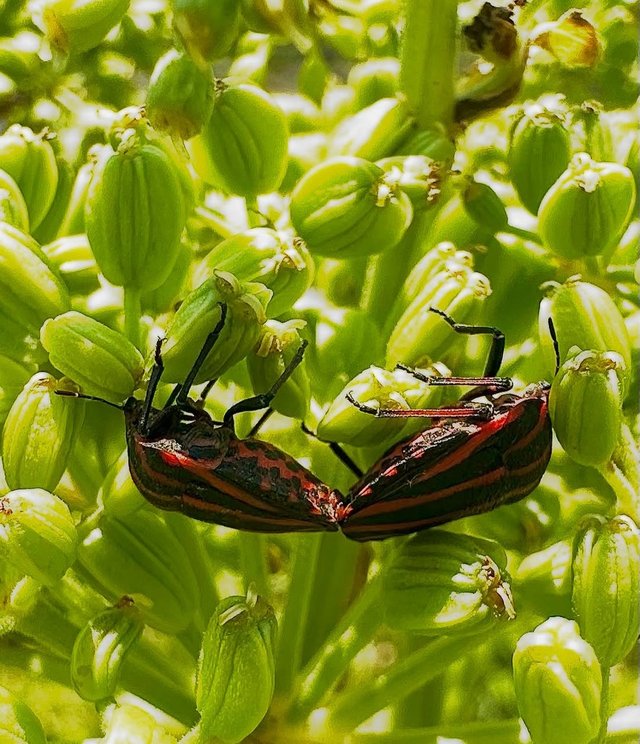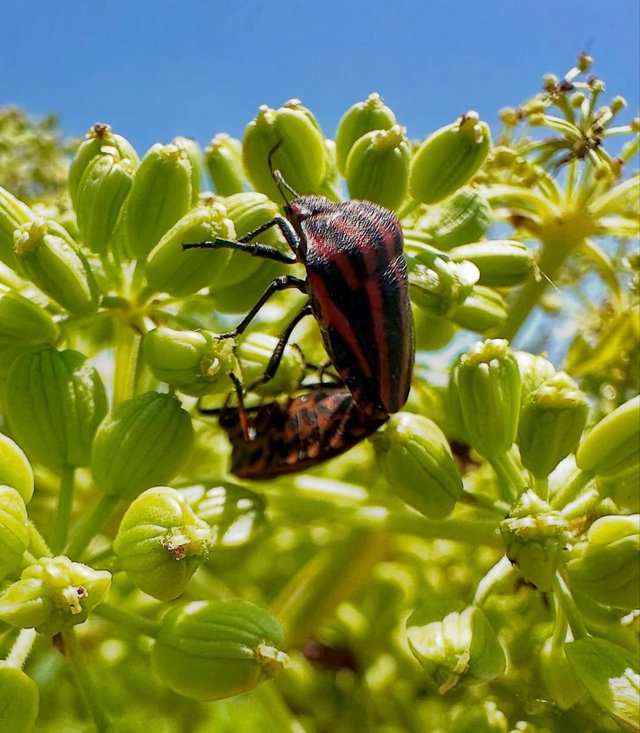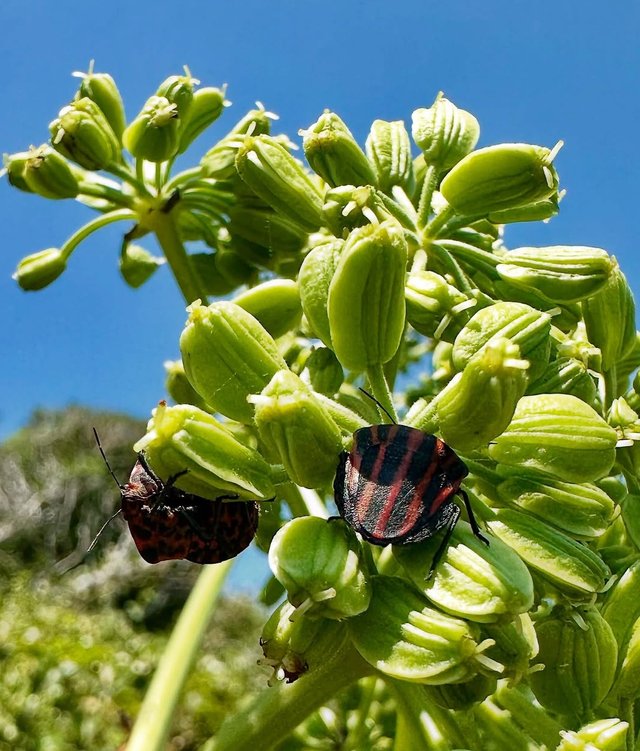Graphosoma Lineatum So Cute Insect
Graphosoma lineatum: A Striking Shield Bug of the Striped World
Graphosoma lineatum, commonly known as the Striped Shield Bug or Minstrel Bug, is one of the most visually captivating members of the shield bug family. Recognized by its vivid coloration and distinctive striped pattern, this species is a familiar sight across many parts of Europe and the Mediterranean region. Although small in size, Graphosoma lineatum plays a significant role in its ecosystem and is a fascinating subject of entomological study due to its bold appearance, defensive behaviors, and unique ecological niche.
Taxonomy and Classification
Kingdom: Animalia
Phylum: Arthropoda
Class: Insecta
Order: Hemiptera
Family: Pentatomidae
Genus: Graphosoma
Species: Graphosoma lineatum
The genus Graphosoma includes several species, but G. lineatum is among the most easily recognizable due to its striking red-and-black appearance. It is sometimes confused with Graphosoma italicum, which is now often treated as a separate species but was once considered a subspecies of G. lineatum.
Physical Description
The most defining feature of Graphosoma lineatum is its aposematic coloration—a biological warning signal to predators. The body is typically red or orange with longitudinal black stripes running from head to rear, creating a bold contrast. This coloration warns potential predators of the bug’s unpalatability, which is due to the presence of chemical compounds that produce a foul taste and odor when the bug is threatened.
Size: Adults measure around 8–12 mm in length.
Shape: Shield-like, typical of the Pentatomidae family.
Antennae: Black, segmented, and quite prominent.
Legs: Black, often matching the stripes of the body.
The bug’s underside is often a contrasting color—either black or red with black dots—depending on the specific variation or regional population.
Distribution and Habitat
Graphosoma lineatum is native to southern and central Europe, as well as parts of the Middle East and North Africa. Its range extends from the Iberian Peninsula through the Balkans and up into parts of Germany and Poland. The species thrives in warm, dry, and sunny habitats, particularly:Grasslands
Meadows
Field margins
Mediterranean shrublands
Herbaceous slopes
It is particularly associated with Apiaceae plants, which provide both food and shelter.




%20(7).jpeg)